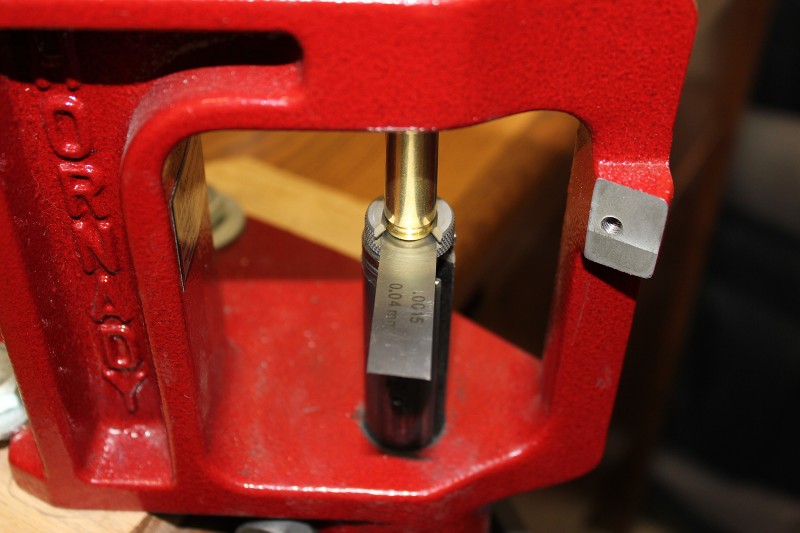Stats Shooter
New member
I have a rifle in which fired brass measures 2.2705" from Case head to Datum line. I bought the Redding competition shell holder set for it to easily control setback of the shoulder. However, when using the most shallow shell holder, I am moving the datum line/shoulder back only 0.001 to 2.2695. The bolt closure on this is a bit stiff but not "Tight" by my standards... What I mean is you can't just drop the bolt handle like you can with virgin Brass.
However, a standard RCBS shell holder only bumps the Datum line back .0025"...The bolt closes almost as easily with the cartridge shoulder setback .0025 as it does with new brass.
So is this just a loosley(deeply) reamed die? I'm just asking because my other RCBS dies/shell holders will push the datum back anywhere from .006-.008 in my other calibers/cartridges.
Next question, how stiff of bolt closure do y'all like to allow? For competitive shooting. For hunting I want minimal resistance but as long as the case chambers and extracts I don't think a heavy bolt is a big deal right?
However, a standard RCBS shell holder only bumps the Datum line back .0025"...The bolt closes almost as easily with the cartridge shoulder setback .0025 as it does with new brass.
So is this just a loosley(deeply) reamed die? I'm just asking because my other RCBS dies/shell holders will push the datum back anywhere from .006-.008 in my other calibers/cartridges.
Next question, how stiff of bolt closure do y'all like to allow? For competitive shooting. For hunting I want minimal resistance but as long as the case chambers and extracts I don't think a heavy bolt is a big deal right?

